Visit the World’s Only Bobblehead Hall of Fame and Museum
The Milwaukee attraction showcases the oldest and rarest of all the bobbleheads—and thousands more
In 2013, Milwaukee residents Phil Sklar and Brad Novak realized they had a problem. A 3,000-piece bobblehead collection problem, which was spilling out of their condo's kitchen. It started 10 years prior, when Novak was working for a minor league baseball team in Illinois, the Rockford River Hawks, and they did a bobblehead giveaway of the mascot. Novak picked one up and brought it home to Milwaukee, where the two were going to college at the time, and then he and Sklar began collecting other sports bobbleheads from games. At first it was mostly local Milwaukee games—bobbleheads from the Brewers, Bucks, Admirals and Wave. Then they began collecting from Chicago games, primarily the Cubs.
“The collection grew slowly over time as we went to more games and picked up more bobbleheads,” says Sklar. “Eventually we had this collection growing out of control.”
Every now and then, they'd pick up non-sports bobbleheads, but that part of the collection really took off in 2015, when they bought a large inventory of Funko bobbleheads from a retiring dealer.
Then the two learned they could manufacture their own. They began with a bobblehead of their friend Michael Poll, a Special Olympian and manager of the Milwaukee Panthers teams (the UW-Milwaukee sports teams). The custom bobblehead experience planted the idea for a museum, a giant showcase for both the knick-knacks the two loved and the ones they would continue to create and acquire. That museum, the National Bobblehead Hall of Fame and Museum, where Sklar is CEO and co-owner with Novak, finally opened in February this year, above a coffee shop in a former brick foundry building on the edge of the Walker's Point neighborhood. The River Hawks mascot and the custom bobblehead both have a special place in the museum, as part of a timeline display that details the surprisingly long history of bobbleheads.
The nodding figures date back at least to the 1760s. Painter Johann Zoffany’s 1765 portrait of Queen Charlotte in her dressing room at Buckingham Palace shows two Chinese “nodding head” plaster figures on a table behind her; the royal family continued to collect the figurines throughout the 1800s. The first written reference to this type of doll appeared in an 1842 short story by Nikolai Gogol, "The Overcoat," which describes a character’s neck as “like the necks of the plaster kittens with wagging heads.”
Bobbleheads as we know them today—depicting cartoonish versions of celebrities or well-known characters—arrived in 1960. They were originally paper-mâché and ceramic, and modeled after four sports players: Roberto Clemente, Mickey Mantle, Roger Maris, and Willie Mays. Major League Baseball created and sold them to celebrate the 1960 World Series. They all shared the same mold and the same face, but the uniforms and faces were painted to reflect the player and the team. In 1964, a company called Car Mascots produced a bobblehead Beatles set; it’s now one of the rarest collectors’ items (and yes, the museum has a set). In the 1970s, bobbleheads fell to the back of peoples’ minds—they were difficult and expensive to make thanks to the ceramic construction, and demand decreased as more durable action figures were introduced.
In the 90s, everything changed. Bobblehead manufacturers had figured out how to make the figures out of plastic, saving both time and money, and creating a less breakable product. A Willie Mays bobblehead given to 20,000 San Francisco Giants fans on May 9, 1999, re-established bobbleheads in the public eye.
“I remember the day we gave it away, we knew we had something special,” Mario Alioto, a former Giants marketing employee but now the executive vice president of business operations, told The Press Democrat. “Fans responded differently because it had weight to it. It came in a box and it had some weight.”
They’ve continued to grow in popularity ever since. Some of the more popular sets in the museum are a series of cereal mascot bobbleheads, advertising bobbleheads (think Flo from Progressive), political bobbbleheads, and limited edition "Game of Thrones" MLB bobbleheads.
Now, many of the toys are made of plastic, but the sports figures are generally made from even more durable polyresin, which allows for more detail and lower quantity runs. There’s a surprising amount of craftsmanship that goes into making a bobblehead, Sklar says. Each figure is hand-sculpted by an artist out of clay to match the likeness of the subject. Then the clay is fired, a mold is made, and each bobblehead made from the mold is hand-painted.
“There’s a lot of work that goes into every one,” Phil says. “It takes time, effort and artistry.”
As for the construction, that has largely remained the same since bobbleheads were invented: a body, topped with a spring, topped with a head that wobbles on the spring.
But though bobbleheads themselves haven’t really changed, the collection at the Bobblehead Hall of Fame and Museum is constantly in flux. They’ve been open less than a year but are already so well known that people regularly drop off donations. Just in the last week, they received a lawyer bobblehead and some more from local Milwaukee teams. Sports teams hosting bobblehead nights will give the museum one of the bobbleheads in advance, and one man, Bob Manak from Cleveland, Ohio, gave the museum his entire collection of 1,500 bobbleheads after he was diagnosed with terminal cancer. His collection included several rare Cleveland-themed bobbleheads and a three-foot-tall LeBron James bobblehead. A back wall of the museum is covered with Post-its of suggestions from visitors on what bobblehead the museum owners should manufacture next—the most recent are a bobbling version of famous Chicago alligator Chance the Snapper and the man who caught him, and a line of All-American Girls Professional Baseball League bobbleheads. It’s this giving attitude that got the museum its rarest item yet: a five-pound cast iron mold used to make the original bobbleheads in the '60s. Someone called up to let the museum know about it after finding it at an estate sale, and the museum ended up purchasing it.
Now, the collection is about 10,000 bobbleheads strong, with around 6,500 on display in 4,000 square feet. The museum is broken into sections for sports, advertising, movies, television, animals, and more. About 75 percent of the collection is sports-related and the remainder runs the gamut—Sklar’s favorite is a set of Home Alone bobbleheads featuring Kevin McCallister and "The Wet Bandits."
“The stories behind the bobbleheads are important,” Sklar says. “It’s not just a toy or collectible. There are people depicted in the bobbleheads that you can learn about." One bobblehead displayed in a window, for example, captures Molly Brown, a socialite and philanthropist who survived the Titanic sinking and helped other passengers get to safety.
"But it’s also meant to be a fun place," he adds, "an escape from the problems of the rest of the world, a place where you can come, have fun, smile, and enjoy yourself, while also learning a little bit.”
Sklar is still on the lookout for some particularly rare pieces: bobbleheads of the Supreme Court Justices, and vintage hockey and basketball bobbleheads from the '60s. In the meantime, though, be sure to stop by during the 2020 Democratic National Convention in Milwaukee next July—the museum has a special exhibit of political bobbleheads planned.
/https://tf-cmsv2-smithsonianmag-media.s3.amazonaws.com/accounts/headshot/JenniferBillock.png)
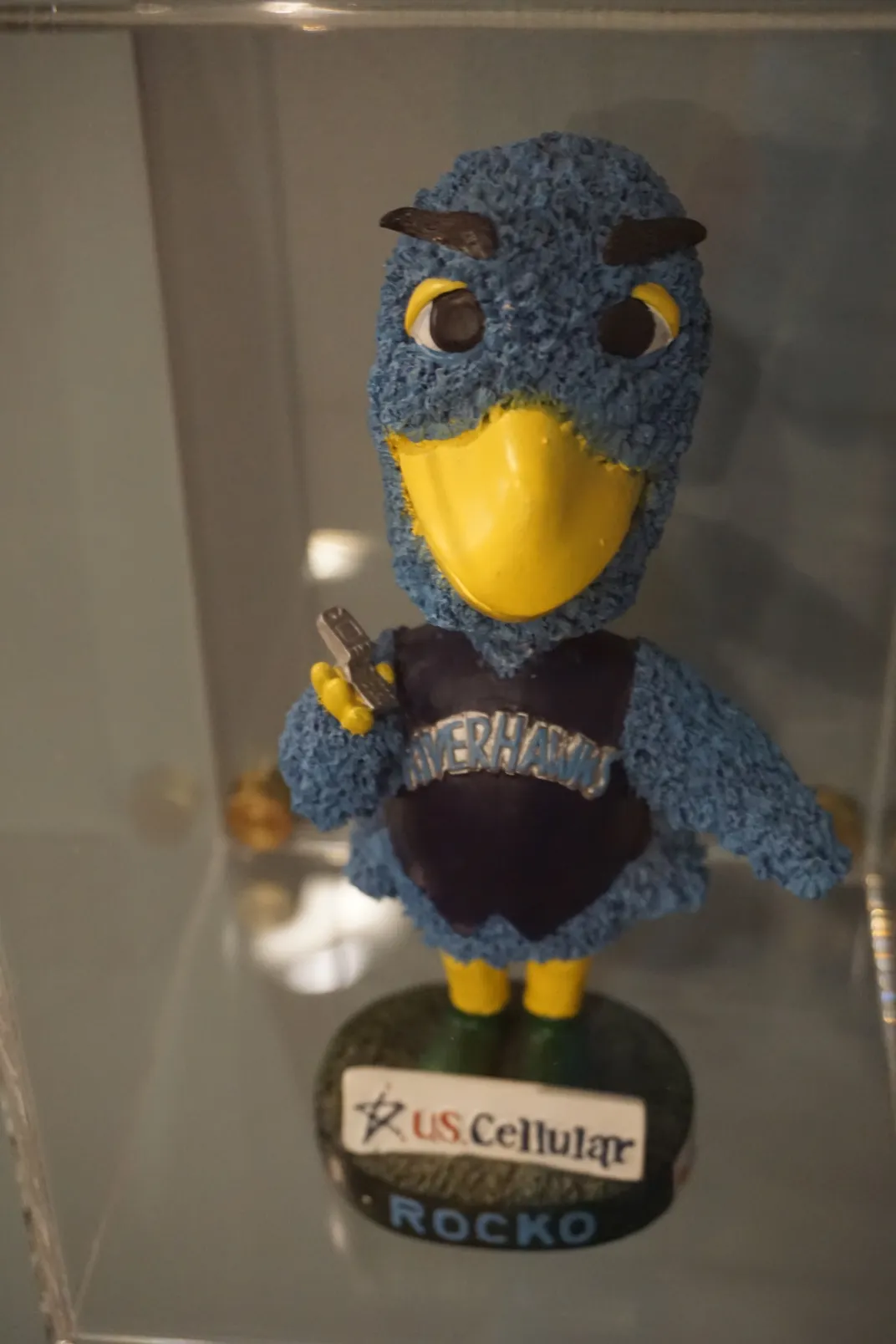
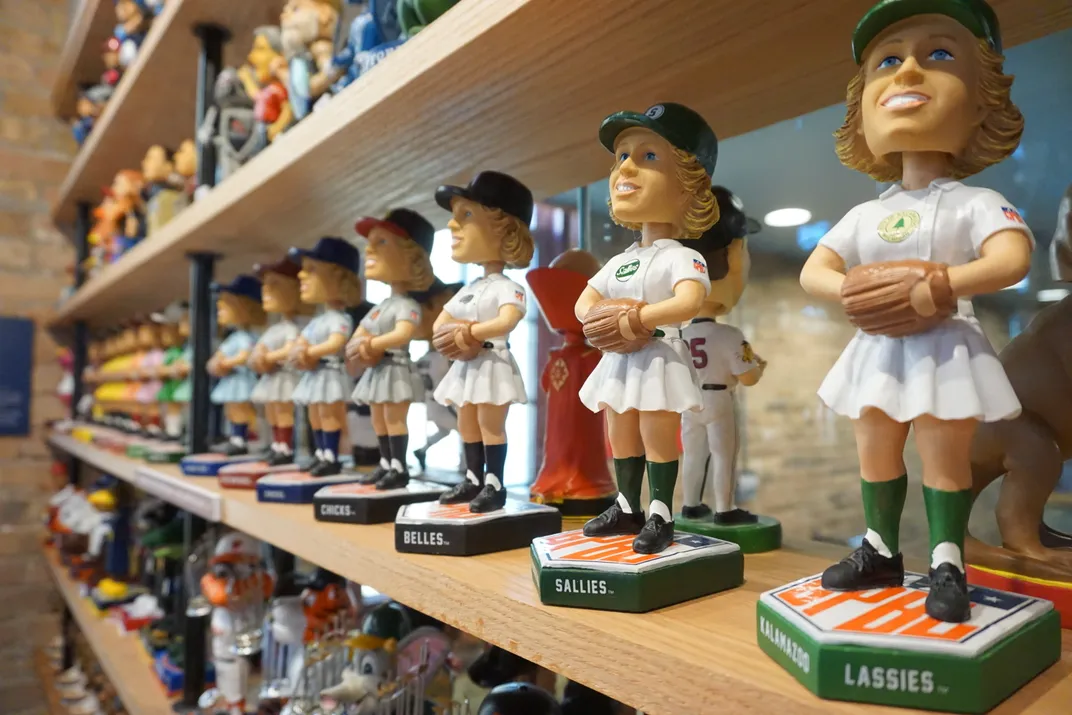
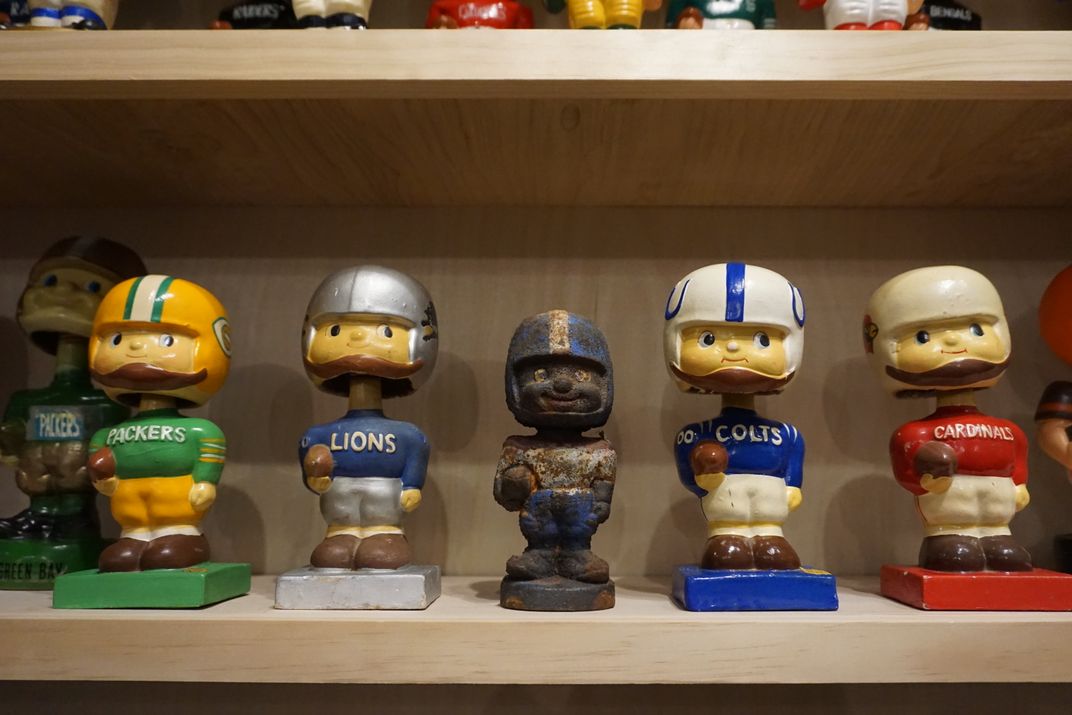
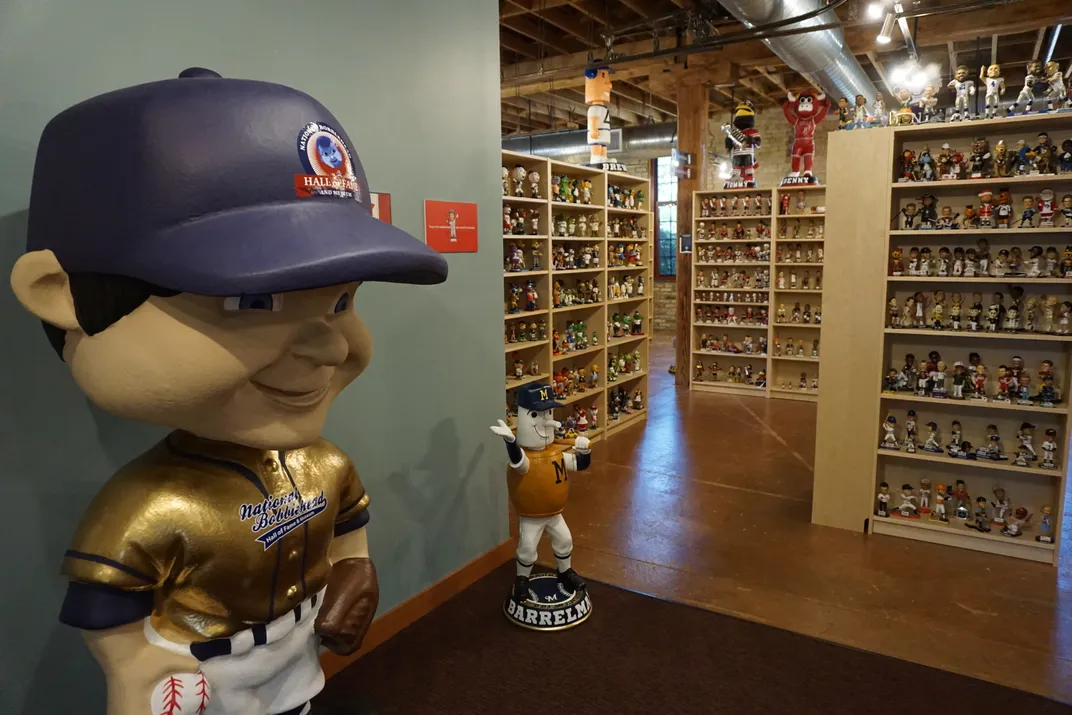
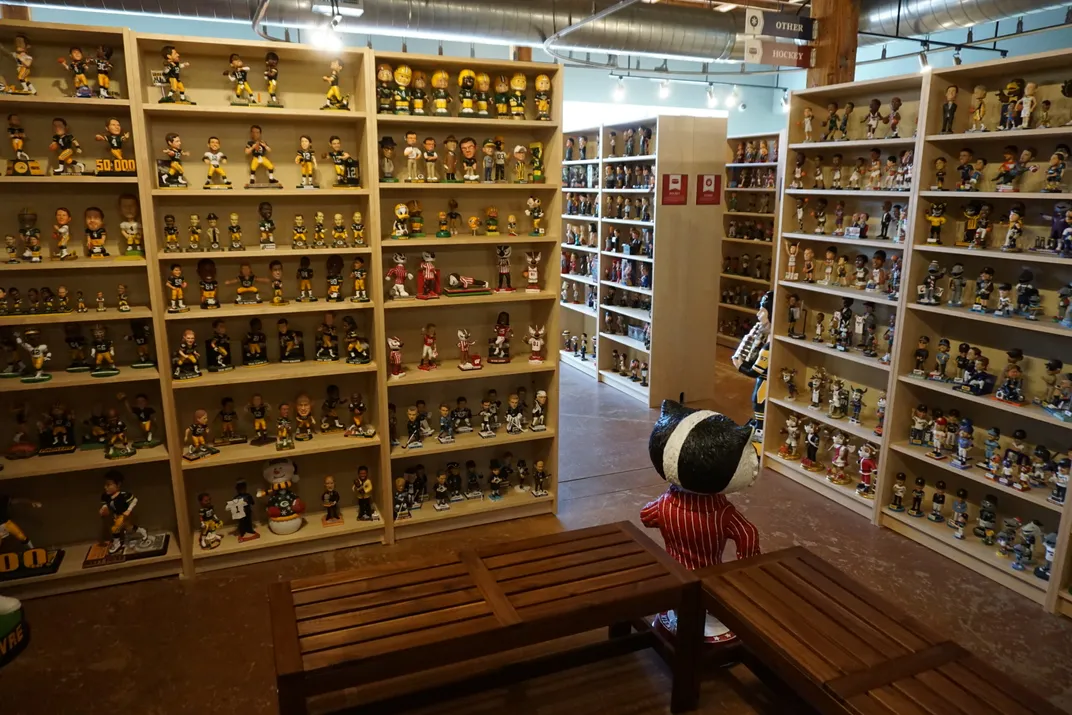
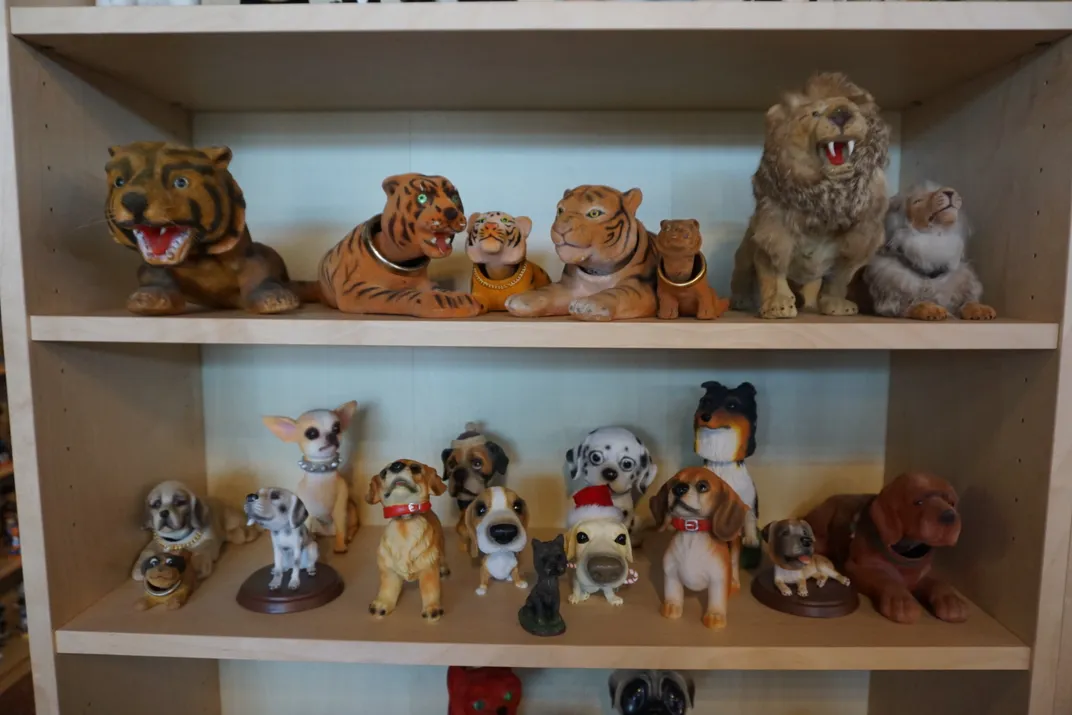
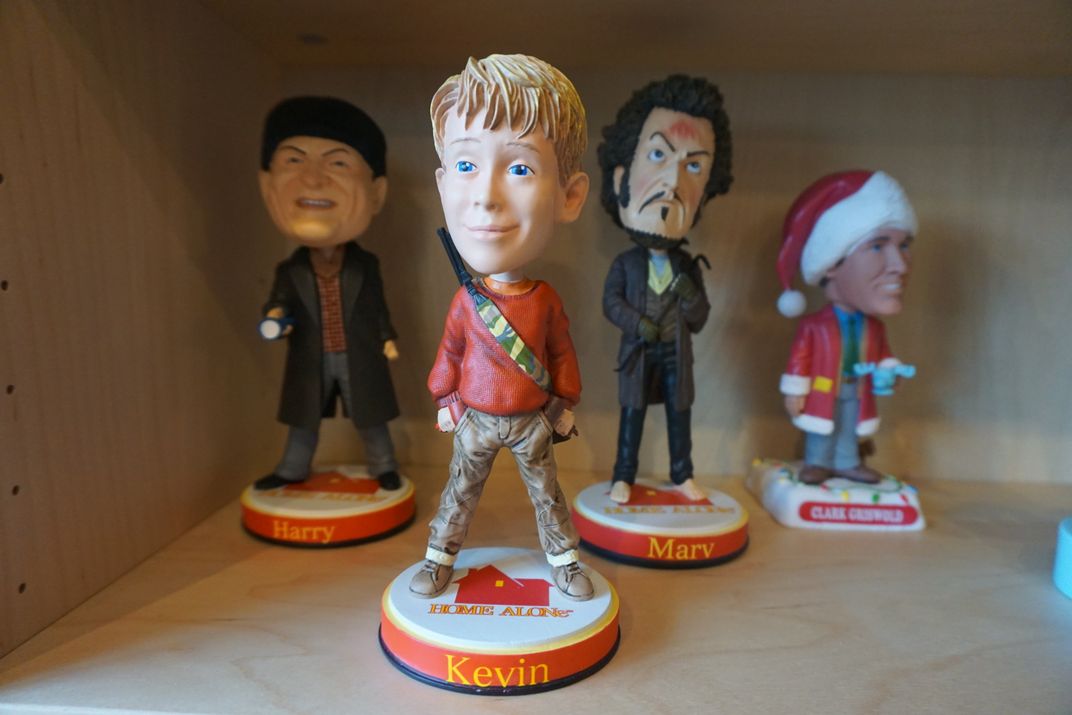
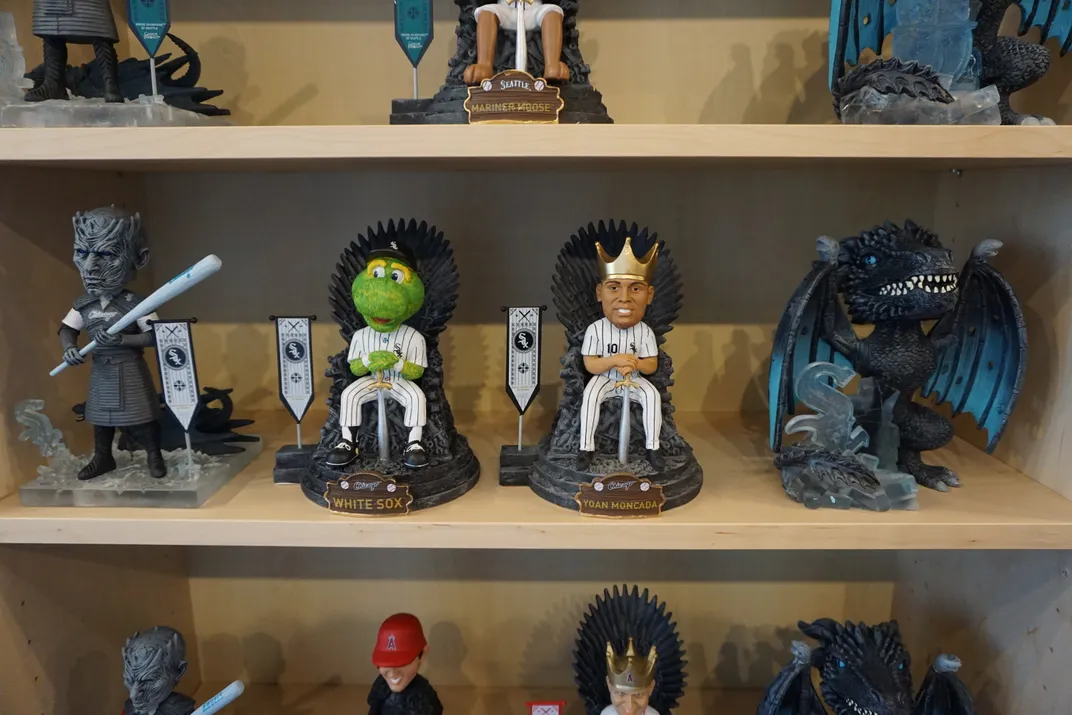
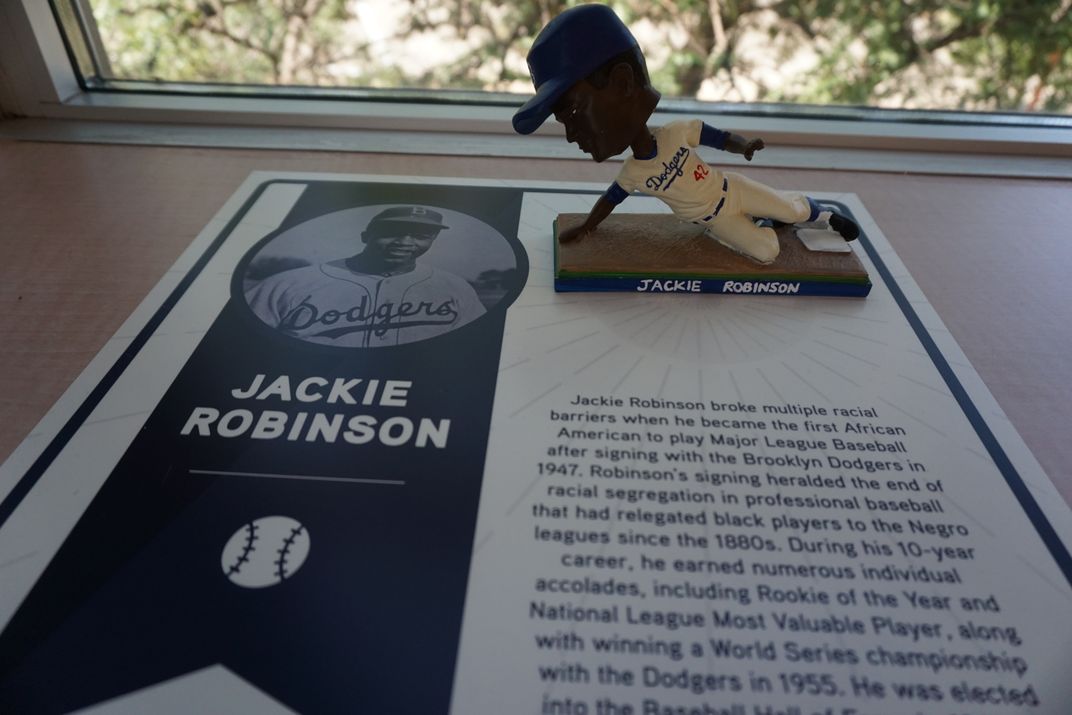
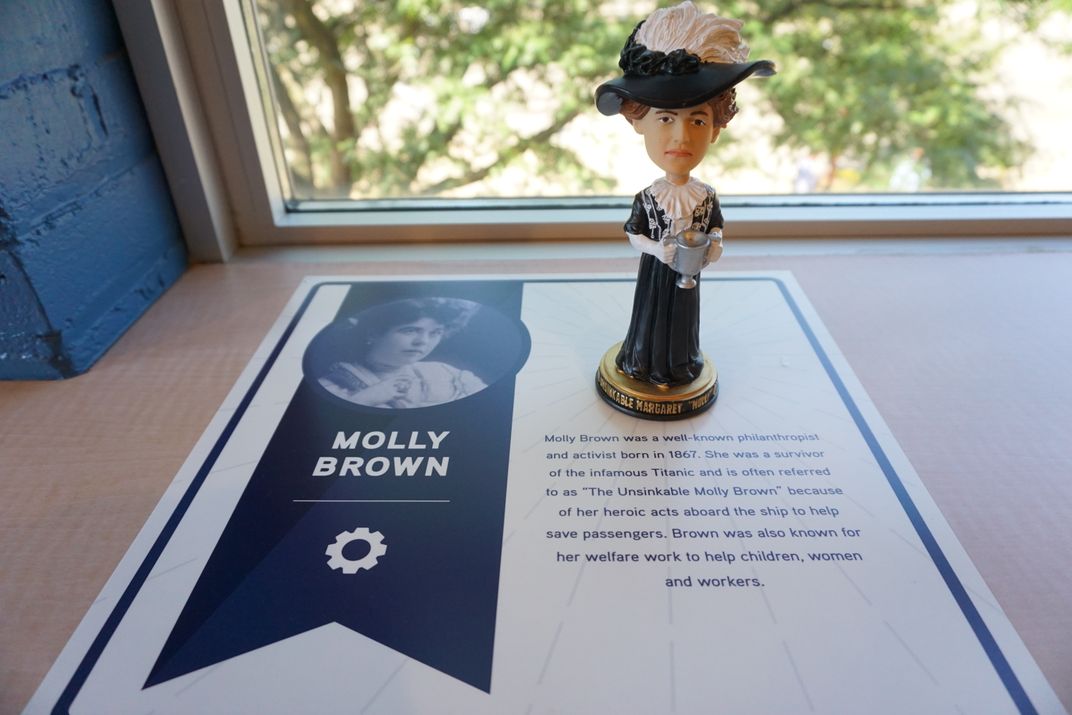
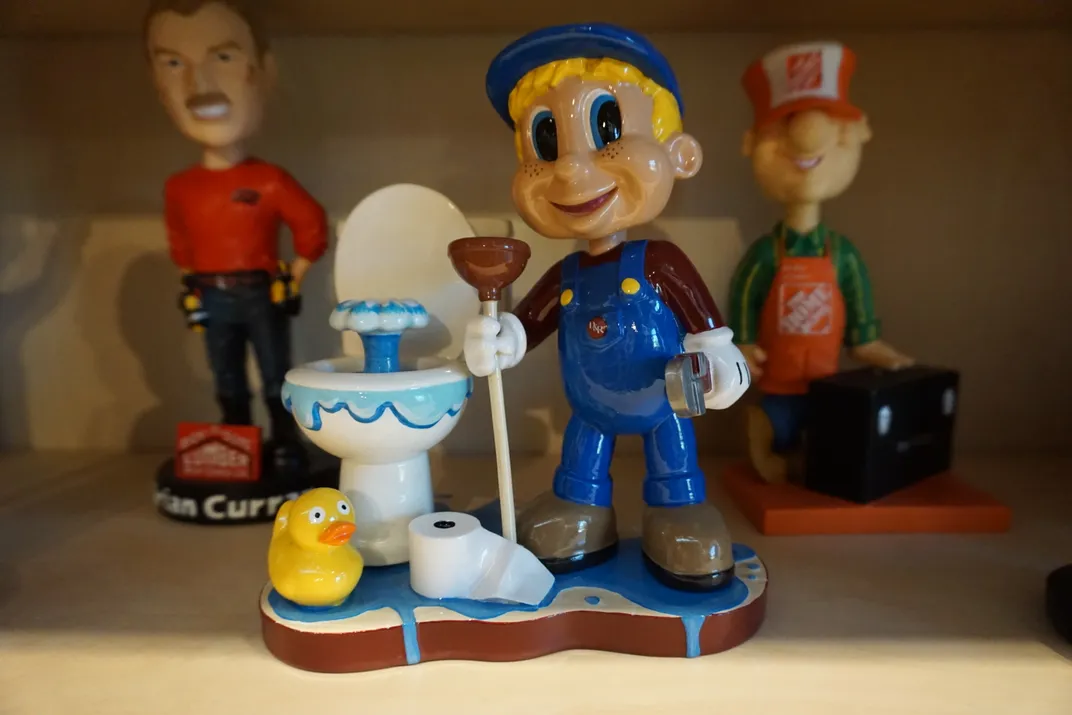
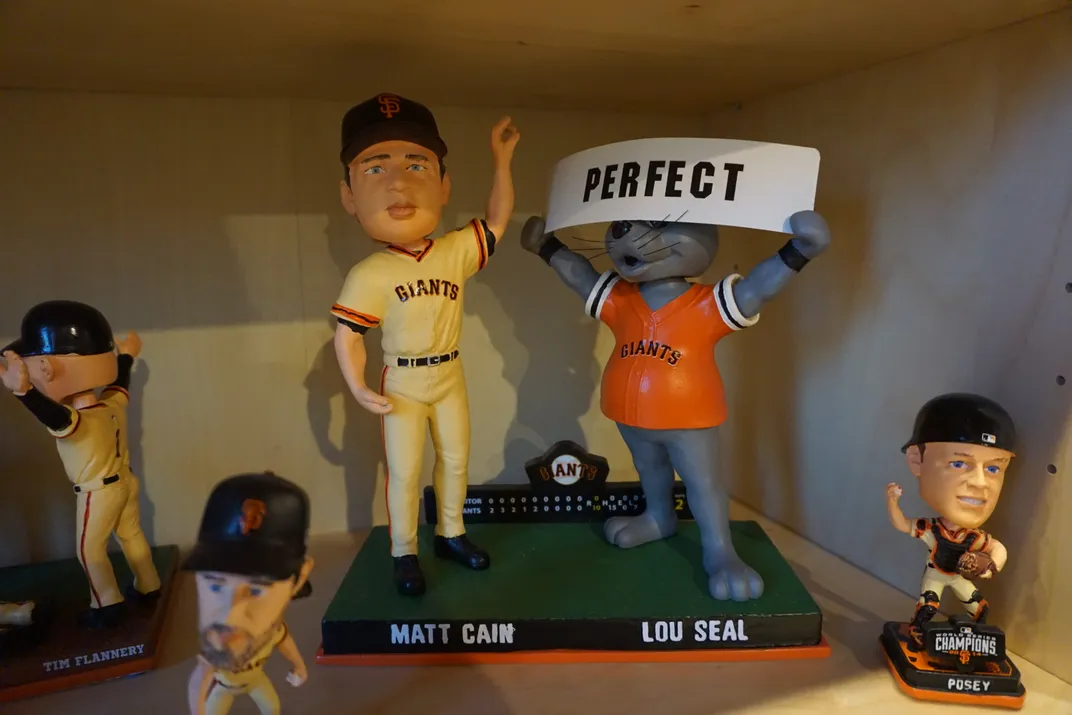
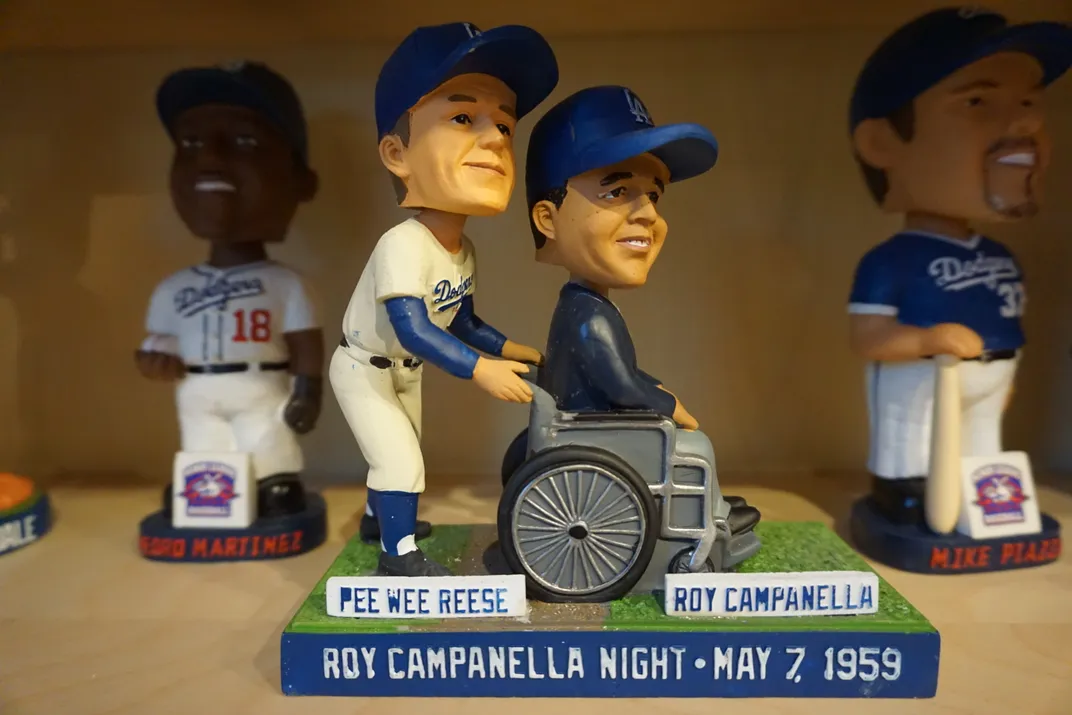
/https://tf-cmsv2-smithsonianmag-media.s3.amazonaws.com/accounts/headshot/JenniferBillock.png)